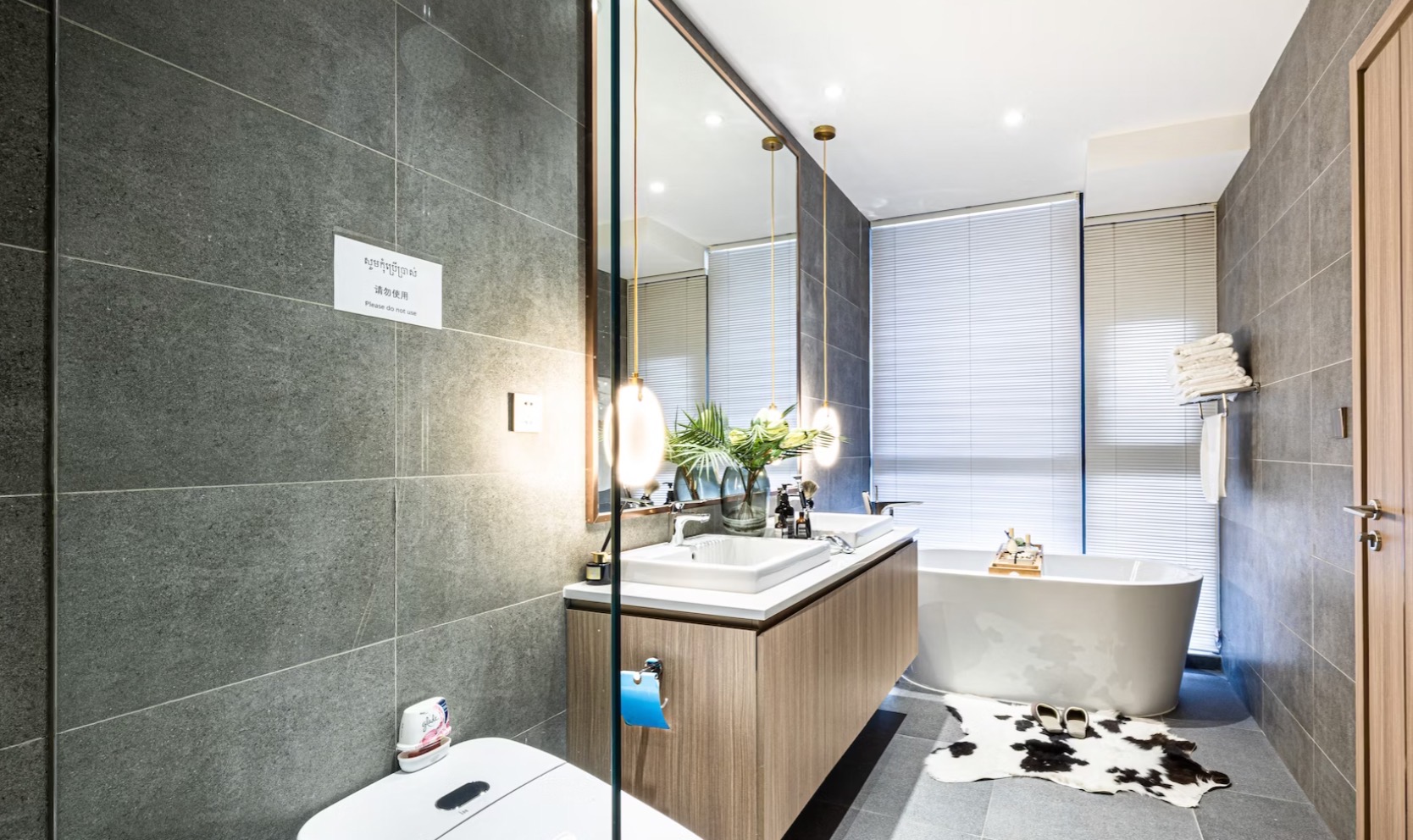
24 Apr Disinfecting Remaining Materials After Water Damage
Water damage can lead to a host of problems, including mold growth and the spread of bacteria and viruses. If you’ve experienced water damage, it’s essential to disinfect any remaining materials to prevent the growth of harmful microorganisms. In this blog, we’ll discuss the importance of disinfecting remaining materials after water damage and what you can do to ensure that your home is safe and healthy.
- Understanding the Risks
When water damage occurs, it creates the perfect environment for the growth of bacteria, viruses, and other harmful microorganisms. These microorganisms can lead to a variety of health problems, including respiratory issues, infections, and allergic reactions.
Even if the water damage appears to be minimal, it’s essential to disinfect any remaining materials to ensure that your home is safe and healthy.
- Disinfecting Surfaces
Disinfecting surfaces is a crucial step in preventing the spread of harmful microorganisms after water damage. This includes any surfaces that have come into contact with water, such as floors, walls, and furniture.
To disinfect surfaces, you can use a solution of bleach and water. Mix one cup of bleach with one gallon of water and apply the solution to the affected surfaces using a sponge or cloth. Be sure to wear gloves and eye protection when handling the solution.
Allow the solution to sit on the surfaces for at least 10 minutes before wiping it away with a clean cloth or allowing it to air dry. This will help to kill any remaining bacteria, viruses, or other harmful microorganisms.
- Disinfecting Air
In addition to disinfecting surfaces, it’s also important to disinfect the air to prevent the spread of harmful microorganisms. One way to do this is to use an air purifier with a HEPA filter. HEPA filters are designed to capture small particles, including bacteria and viruses, and can help to improve the air quality in your home.
You can also use an ultraviolet (UV) air purifier. UV light is effective at killing bacteria and viruses, and these purifiers can be installed in your HVAC system to disinfect the air as it circulates through your home.
What Can You Do to Prevent Future Water Damage?
To prevent future water damage and the spread of harmful microorganisms, there are several steps you can take:
- Fix leaks promptly: If you notice a leak, it’s essential to fix it as soon as possible to prevent water damage and potential health risks.
- Maintain your plumbing: Regularly inspect and maintain your plumbing to ensure that it’s in good condition and free from leaks.
- Use a dehumidifier: Use a dehumidifier to reduce humidity levels in your home, which can help to prevent the growth of mold and other harmful microorganisms.
- Clean up spills promptly: If you spill water or another liquid, clean it up promptly to prevent it from causing water damage and potential health risks.
Conclusion
In conclusion, disinfecting remaining materials after water damage is an essential step in preventing the spread of harmful microorganisms and ensuring that your home is safe and healthy. Disinfecting surfaces with a solution of bleach and water and using an air purifier with a HEPA filter or UV light can help to prevent the spread of bacteria and viruses.
To prevent future water damage and the spread of harmful microorganisms, it’s essential to fix leaks promptly, maintain your plumbing, use a dehumidifier, and clean up spills promptly. By taking these steps, you can protect your home and ensure that it remains a safe and healthy place to live.
